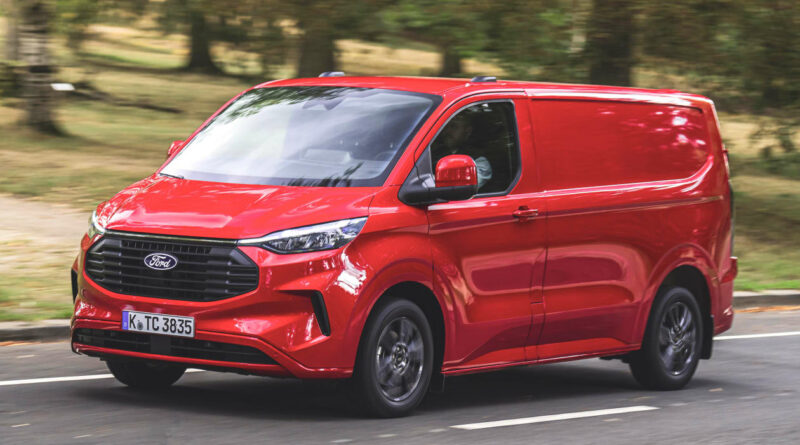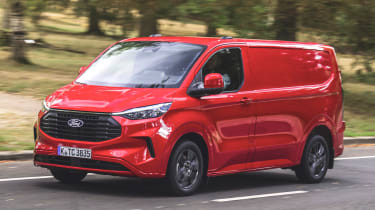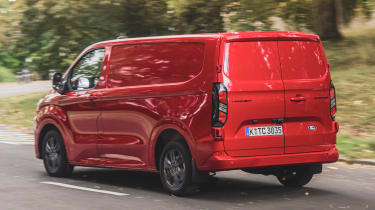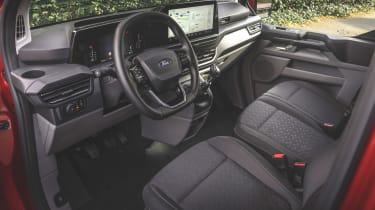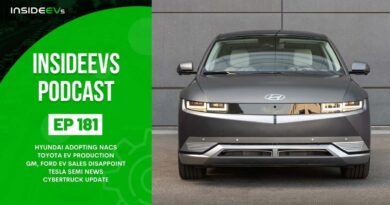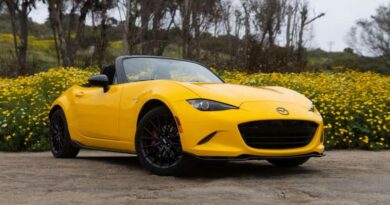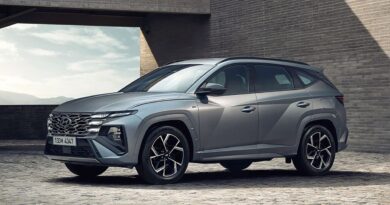New Ford Transit Custom EcoBlue 150 2023 review
The all-new Ford Transit Custom combines a car-like driving experience and a clever use of cargo space
4.5 out of 5
How we review vansBuy used for less at Buyacar
Verdict
The new Ford Transit Custom delivers a more car-like drive than ever before, but it still offers the features that make it one of the best vans for sale today. It makes better use of its cargo space, despite being a little smaller inside, while the added functionality of the interior and connected technology on board will help to make life easier for van buyers everywhere. Add in the vast combination of trims, body styles and powertrain options, and there’s no reason why the Transit Custom can’t continue to be a market leader.
The Ford Transit Custom is a very important model for the Blue Oval. In 2022 it outsold Ford’s best-selling car, the Puma, and even though this all-new model is hitting showrooms, the existing Transit Custom remains the UK’s best-selling commercial vehicle so far this year. So the arrival of an updated model is a big deal.
And when we say new, we mean all-new. The underpinnings are designed from the ground up to accommodate diesel, plug-in hybrid and fully-electric powertrains, while new suspension, including an independent rear set-up, aims to deliver a car-like drive. Build schedules and quality assurance checks mean that the Transit Custom PHEV won’t be available to order until the New Year, while the Electric version is scheduled for the Spring, but the diesel is raring to go, and we’re pleased to report that it doesn’t disappoint.
More reviews
Car group tests
- Ford Tourneo Custom vs Volkswagen Caravelle
- Ford Transit Custom van review
- Ford Transit Custom PHEV: long-term review
- Ford Transit Custom Double-Cab: long-term test review
- New Ford Transit Custom Nugget 2022 review
- New Ford Transit Custom Trail van review
- New 2018 MS-RT Ford Transit Custom review
- MS-RT Ford Transit Custom R-Spec review
In-depth reviews
Long-term tests
Road tests
From the outside, there’s a change in proportions. There’s a lower roof than the outgoing Transit Custom’s so access to multi-storey car parks is easier (a high-roof variant will still be offered, as will a Double Cab in-Van, Kombi, Tourneo and new MultiCab, with L-shaped bulkhead), while moving the front wheels forward boosts access to the cab.
Inside, the lower roof is noticeable, but in now way does it restrict headroom, while the tall driving position provides a good view out. Gone are the quarterlight windows of the outgoing model, but the twin door mirrors remain, so all-round visibility remains clear.
One minor gripe is that the passenger seat isn’t as wide as the previous model’s. If you’re travelling three-up, shoulder space might be tight, but space for the driver is fine.
There are plenty of innovations in the cab, too. Ford has fitted 5G connectivity for telematics, while all versions of the Transit Custom will come with a 13-inch landscape touchscreen featuring SYNC4 and Alexa integration as standard. The van’s climate controls are also located on the screen.
Some of the dashboard layout is a bit scattered – the starter button for vans with keyless entry is up next to the touchscreen, while the electric handbrake release is set between the air vents, for example, but all of these quirks will become familiar over time.
Add the Mobile Office option pack, and a tilting steering wheel that can be used as either a tablet stand or desktop when stopped – there are built-in safety systems that mean it can’t be tilted when driving.
Another feature that will be offered later in 2024 is the Delivery Assist pack. This allows multi-drop users to set up the van so that it locks, activates the hazards, closes the windows and turns off the engine every time they leave the van unattended when making a delivery. Such innovations are designed to boost efficiency and save time on the job.
Moving to the cargo area, and a capacity of 5.8 cubic metres is slightly down on the outgoing model’s (at six cubic metres), but access has been improved. The sliding side door opens to reveal a gap that’s more than a metre wide, while the double rear doors leave an opening that’s slightly less than the width between the wheelarches. The rear doors have ditched the retaining arms, to creat less obstruction, although the doors still open to 90 or 180 degrees.
A diesel engine is never going to be as smooth as a PHEV, let alone an EV, but Ford’s EcoBlue unit is relatively smooth. It comes in four outputs, and the 148bhp version offers strong pace. The six-speed manual gearbox is also slick to use, so it’s easy to keep the Transit Custom in its power band.
And it’s on the road where the Transit Custom impresses the most. Our test van featured around half a tonne of payload, but the suspension does a great job of ironing out bumps, helping to deliver excellent comfort for a commercial vehicle. Engine, road and wind noise are also well suppressed, especially at higher speeds. The door mirrors especially, despite being quite large, are sculpted so that there’s next to no wind noise from them.
Handling is a surprise, too, with the Transit Custom offering quick changes of direction that could put a fragile payload at risk. Combine this with a tight turning circle, and this is a van that will be well suited to urban driving.
A full suite of safety kit is fitted, too, with active emergency braking, speed limit recognition and assist (which can engage a soft limiter that restricts your speed to the last recognised limit), lane departure warning and driver tiredness alert, although some of the beeps and bongs can become a little irritating while you’re driving. As is typical of these systems in other models, the alerts can be deactivated, but this must be done every time you start the van.
| Model: | Ford Transit Custom EcoBlue 150 Limited |
| Price: | £39,140 (ex.VAT) |
| Engine: | 2.0-litre 4cyl diesel |
| Power/torque: | 148bhp/360Nm |
| Transmission: | Six-speed manual, front-wheel drive |
| Economy: | 38.7mpg |
| CO2: | 190g/km |
| Cargo: | 5.8cm3 |
| Payload: | 1,329kg |
| On sale: | Now |
Source: Read Full Article
